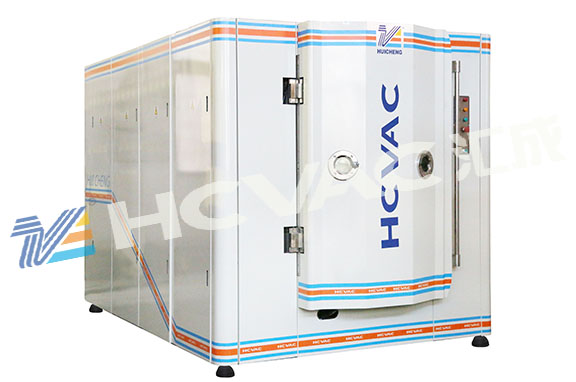The bonding force between the coatings of the pvd coating machine is mainly related to the following factors:

(1) The types and properties of the bottom coating of the pvd coating machine. It is generally believed that the copper layer has good bonding force with various metals. High-iron nickel-iron alloys with iron content as high as about 30% will also produce a replaced copper layer in the acid copper solution, so they cannot be used for bright acid copper primers.
(2) The brightness of the bottom coating of the pvd coating machine. The brighter the vacuum coating coating, the worse the adhesion to other coatings may be.
(3) The cleanliness of the bottom coating surface of the vacuum coating machine. Typically, after plating sulfate bright acid copper, an organic film passivation layer is often formed, which should be removed. Don't believe in the propaganda of acid copper brighteners claiming that there is no need to remove the film after plating, and do not consider the film removal process in the process design. Because even if the new solution can not be stripped, with the accumulation of organic impurities in the bright copper solution or the imbalance of the added brightener, a hydrophobic organic film will also be produced. As we all know, polyethylene glycol is an indispensable component in almost all acid copper brighteners, and the greater the amount of polyethylene glycol in the coating, the easier it is to form a hydrophobic film.
(4) Passivation of the bottom coating of the
pvd coating machine. The more easily passivated the coating, the worse the bonding force of the coating on it. Nickel is a metal that is easy to passivate. During the nickel-plating process, the power-off pair is slightly longer, and the nickel-plated layer will undergo chemical passivation in the nickel-plating solution; Serious electrochemical passivation will occur locally on the workpiece of the anode part, and special attention should be paid when plating multi-county nickel. Chromium is easier to passivate than nickel, so chrome plating on chromium must have good activation. There are also many cases of chrome plating on chrome, such as: decorative chrome plating is used for secondary chrome plating when the primary deep plating ability is poor; in order to take into account both corrosion resistance and wear resistance, hard chrome plating is applied on milky chrome (basically no cracks); Molybdenum and molybdenum alloy electroplating requires chrome plating and so on.



